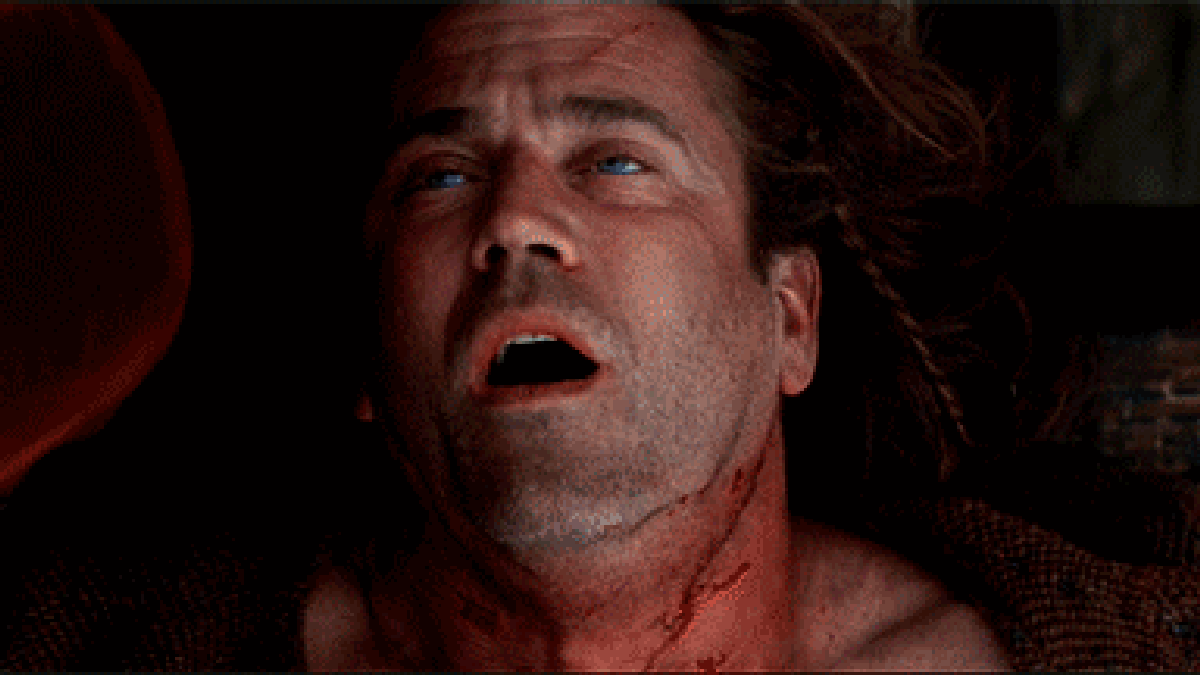
Depiction of King Valdemar IV of Denmark in 1361. Painting by Carl Gustaf Hellqvist 1851-1890.
There are two ways people generally look upon the past, either with fondness and nostalgia or with scrutiny and disdain. That’s why we can never all quite agree on whether or not high school is the worst or best years of your life or if the 90’s really were all that and a bag of chips. Historically, it’s no different–was the Classical era a time of heightened scholarship and monuments or was it a barbaric time lacking of spiritual sense and with an inclination towards bloodshed? Many scholars during the Renaissance would certainly argue that point. So it was then, during The Enlightenment era of the 18th century in particular, that it seemed only fitting to look upon the time between history bookended by the fall of the Western Roman Empire to Christopher Columbus’ voyage to the Americas as a period of considerable dimness. Both metaphorically and intellectually. A time in between two eras commonly thought of as periods of prosperity and culture. We know it as The Dark Ages and I’m calling bullshit on that conception.
What do you think of when your brain mulls over The Dark Ages? I’m sure squalor and peasantry comes immediately to mind, probably with a healthy dose of Bubonic plague coupled with high infant mortality rates for the helluva it. Not to mention self-flagellation, the burning of suspected practitioners of devil worship and witchcraft, and The Crusades. You’re probably picturing monks with tube-ring hairdos, Norsemen with burly beards and a fondness for pillaging monasteries, and a whole lot of chainmail. It’s easy to imagine this time being one of darkness since all of that does sound pretty bleak, I know, but is it a fair assessment to have? Is it not incorrect to view history through the lens of progress? After all, what will future civilizations think of us when they look back at our historical era?

